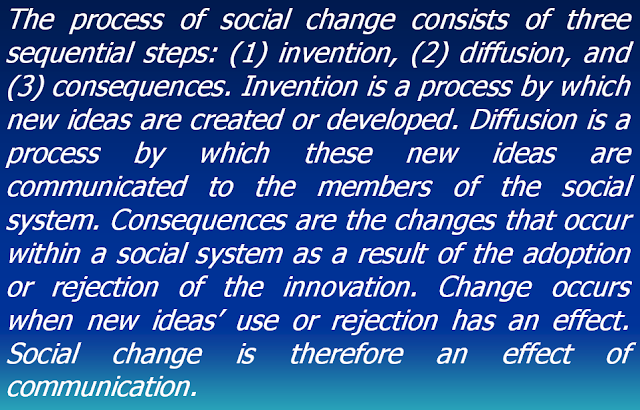Tayamum merupakan salah satu alternative berwudhuk dalam ajaran islam,
namun hal tersebut bukan bisa lakukan kapan saja karena ada syarat dan
ketentuan tertentu seseorang boleh melakukan tayamum. Mungkin kalau untuk
negara kita indonesia, sering kita temuai sebagian dari saudara-saudara kita dari
kalangan kaum muslimin yang masih asing dengan istilah tayammum atau pada
sebagian lainnya hal ini disebabkan karena kurangnya pemahaman mereka terhadap
tayamaun, selain ditunjang oleh alam kita yang selalu membuat kita tidak
mungkin malaksanakan tayamum.
Walaupun demikian ada kewajiban bagi setiap orang
islam untuk mengetahui hukum islam (Fiqh) secara menyeluruh. Maka disini penulis
akan memberikan sedikit gambaran pemahaman dasar tentang tayamum siapa tahu kita
bisa mengamalkanya dalam perjalanan yang menggunakan trasportasi udara, disamping kita bisa menunaikan shalat secara penuh, Qasar, ataupun Jamak yang diberikan kemudahan oleh Allah bagi yang dalam keadaan musafir.
(Baca Cara Menjamak Shalat )
 |
| Cara Bertayamum Dalam Islam |
(Baca Cara Menjamak Shalat )
Pengertian Tayamum
Kami mulai pembahasan ini dengan mengemukakan pengertian tayammum. Tayammum
secara kebahasaan diartikan sebagai Al Qosdu (القَصْدُ) yang berarti maksud/tujuan.
Sedangkan secara pada istilah ( istilah dalam syari’at) adalah sebuah
peribadatan kepada Allah berupa mengusap wajah dan kedua tangan dengan
menggunakan sho’id yang bersih. Sho’id adalah
seluruh permukaan bumi yang dapat digunakan untuk bertayammum baik yang
terdapat tanah di atasnya ataupun tidak.
Dalil syar’i tentang Tayamum
Tayammum disyari’atkan dalam islam berdasarkan dalil Al Qur’an, As Sunnah
dan Ijma’ (konsensus) kaum muslimin. Adapun dalil dari Al Qur’an adalah firman
Allah ‘Azza wa Jalla,
وَإِنْ كُنْتُمْ
مَرْضَى أَوْ عَلَى سَفَرٍ أَوْ جَاءَ أَحَدٌ مِنْكُمْ مِنَ الْغَائِطِ أَوْ
لَامَسْتُمُ النِّسَاءَ فَلَمْ تَجِدُوا مَاءً فَتَيَمَّمُوا صَعِيدًا طَيِّبًا
فَامْسَحُوا بِوُجُوهِكُمْ وَأَيْدِيكُمْ مِنْهُ
“Dan jika kamu sakit atau dalam perjalanan atau kembali dari tempat buang
air atau berhubungan badan dengan perempuan, lalu kamu tidak
memperoleh air, maka bertayammumlah dengan permukaan bumi yang baik (bersih);
sapulah mukamu dan tanganmu dengan tanah itu”. (QS. Al Maidah [5] : 6).
Adapun dalil dari As Sunnah adalah sabda Rasulullah shollallahu
‘alaihi was sallam dari sahabat Hudzaifah Ibnul Yaman rodhiyallahu
‘anhu,
« وَجُعِلَتْ تُرْبَتُهَا لَنَا
طَهُورًا إِذَا لَمْ نَجِدِ الْمَاءَ »
“Dijadikan bagi kami (ummat Nabi Muhammad shollallahu ‘alaihi was sallam )
permukaan bumi sebagai thohur/sesuatu yang digunakan untuk besuci (tayammum)
jika kami tidak menjumpai air”.
Syarat Tayamum
Tidak ada air dan sudah berusaha mencarinya, tetapi
tidak ketemu
berhalangan menggunakan air, seperti sedang sakit,
apabila terkena air penyakitnya akan bertambah parah
Telah masuk waktu Shalat
Dengan tanah atau debu yang suci
Cara bertayamum
Berdasarkan penjelasan dari kitab Fiqih islam Seperti (Al Bajuri, Al-Mahali
dll) bisa kita ringkaskan bahwa tata cara tayammum adalah sebagai berikut.
- Memukulkan kedua telapak tangan ke permukaan bumi dengan sekali
pukulan kemudian meniupnya.
- Kemudian menyapu punggung telapak tangan kanan dengan tangan kiri dan
sebaliknya.
- Kemudian menyapu wajah dengan dua telapak tangan.
- Semua usapan baik ketika mengusap telapak tangan dan wajah dilakukan
sekali usapan saja.
- Bagian tangan yang diusap adalah bagian telapak tangan sampai
pergelangan tangan saja atau dengan kata lain tidak sampai siku
seperti pada saat wudhu.
Perkara yanga membatalkan Tayammum
·
Segala hal yang membatalkan wudhu
·
Melihat air sebelum shalat, kecuali yang
bertayammum karena sakit
·
Murtad, keluar dari Islam










